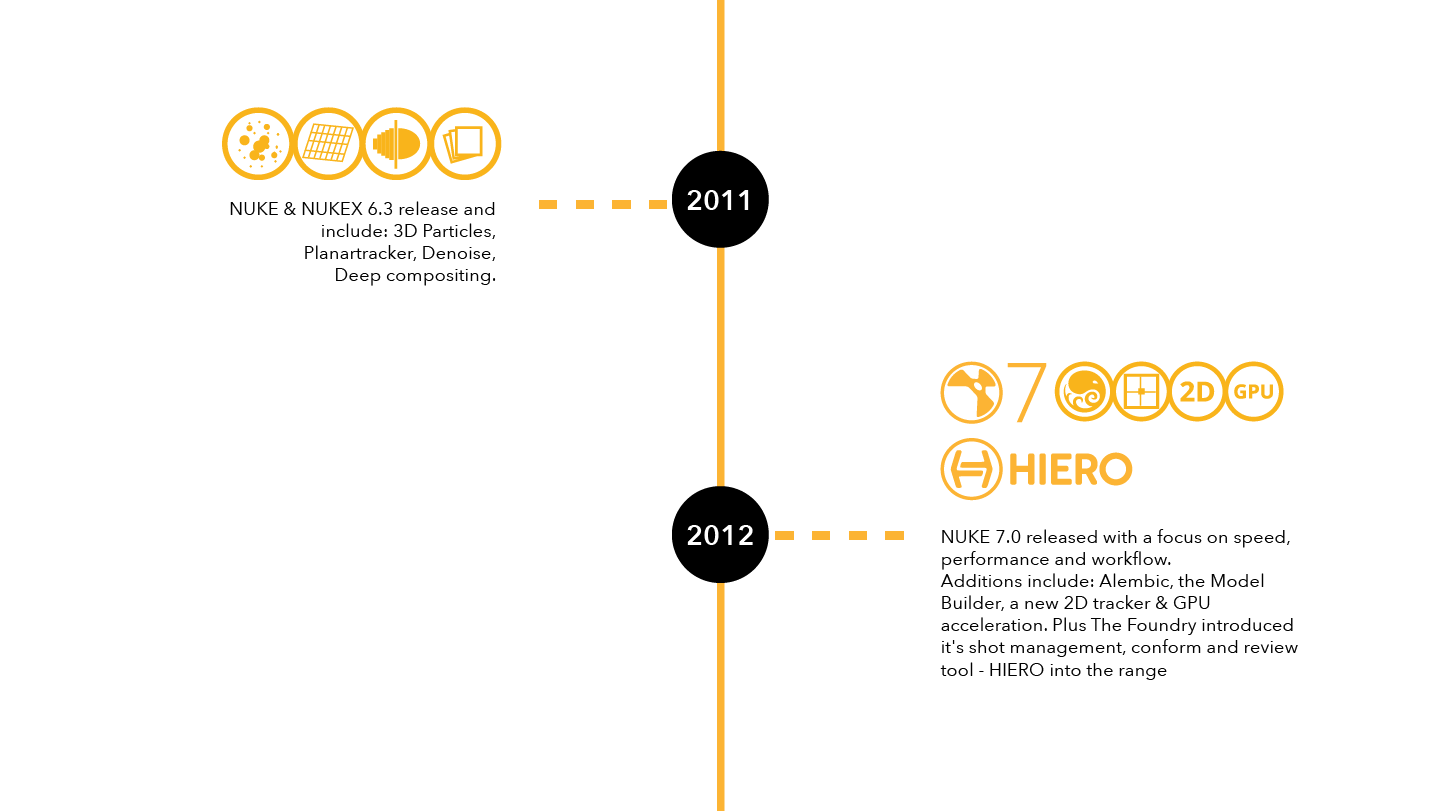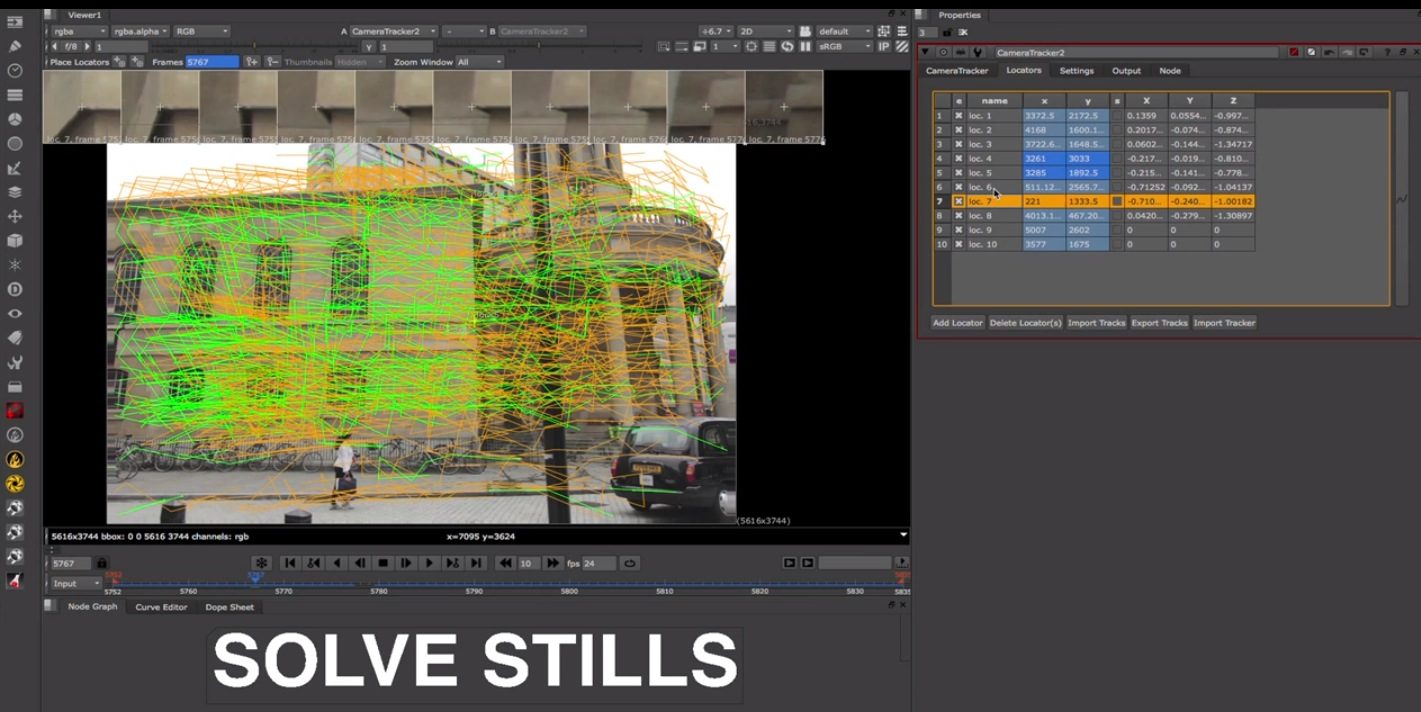

If necessary, you can also create a separate geometry node for the selected shapes and use that as you would use any other geometry node in Nuke. Once you're happy with your model, you're ready to texture it. Position the shape using your 2D footage or existing 3D geometry as a reference.Įdit the shape until you’re happy with your model. See Editing Shapes’ Display Characteristics. You can do this at any point during the process. nuke model builder tutorial - Visual effects (commonly shortened to Visual FX or VFX) is the term used to describe any imagery created, altered, or enhanced. If necessary, adjust the display characteristics of your shapes so you can better see them in the Viewer. For more information, see Connecting the ModelBuilder Node.Īs a starting point for your model, create one or more of the built-in 3D shapes using the toolbar on the left hand side of the Viewer. Here's a quick overview of the workflow: 1.Ĭonnect the ModelBuilder node to your footage and a changing Camera. Prior to the 1. Map was supposed to be Hostage Rescue mode, according to interview with Jo 'MEEEEDIC' Bieg to Leveldesing.nu web site. If we guess that each infected would make a possibly infecting contact every two days, then b would be 1/2. During Operation Bloodhound, Nuke had an unused mission for the Guardian mode. We have already estimated the average period of infectiousness at three days, so that would suggest k 1/3. Special thanks to for use of the above footage, used throughout this chapter. We dont know values for the parameters b and k yet, but we can estimate them, and then adjust them as necessary to fit the excess death data. In this case, all the Edit mode features work just fine it just means you aren’t able to do anything in Align mode.Ĭreating and editing models using ModelBuilder requires a NukeX license, but the resulting geometry can also be used in Nuke.Ī 2D source image with shapes created using ModelBuilder. NOTE:You can use ModelBuilder without a camera, image sequence, or reference geometry. You can also use other 3D geometry and point clouds as a reference if you already have these for your scene. To be able to align models, ModelBuilder needs a tracked camera and an input image for visual reference. You can build a model by creating shapes and then editing them, and align models over your 2D footage by dragging vertices to their corresponding 2D location.

Building two sets of classes, one auto-generated to represent the data in the persistency layer and one for the actual business logic sounds interesting.The ModelBuilder node provides an easy way to create 3D models for 2D shots. (This is more a question related to the Entity Framework however.)Įdit: Many thanks for the contributions, and the information about the next version of Entity Framework (4.0). Technically, I think it should be possible to extend the generated classes in a way which preserves the additional business logic even if the O/R classes need to be refreshed.

What is the recommended approch to this in ASP.NET MVC (with Entity Framework)? My favorite would be solution which also can be used in a service layer, with no ASP.NET MVC references, so that the same domain logic also could be reused in a desktop client. Now I would like to add some meat to this skeleton, and introduce business methods for the generated classes.

In my first ASP.NET MVC applications, the model was a simple O/R mapping between a table and the classes, managed by the Entity Framework.


 0 kommentar(er)
0 kommentar(er)
